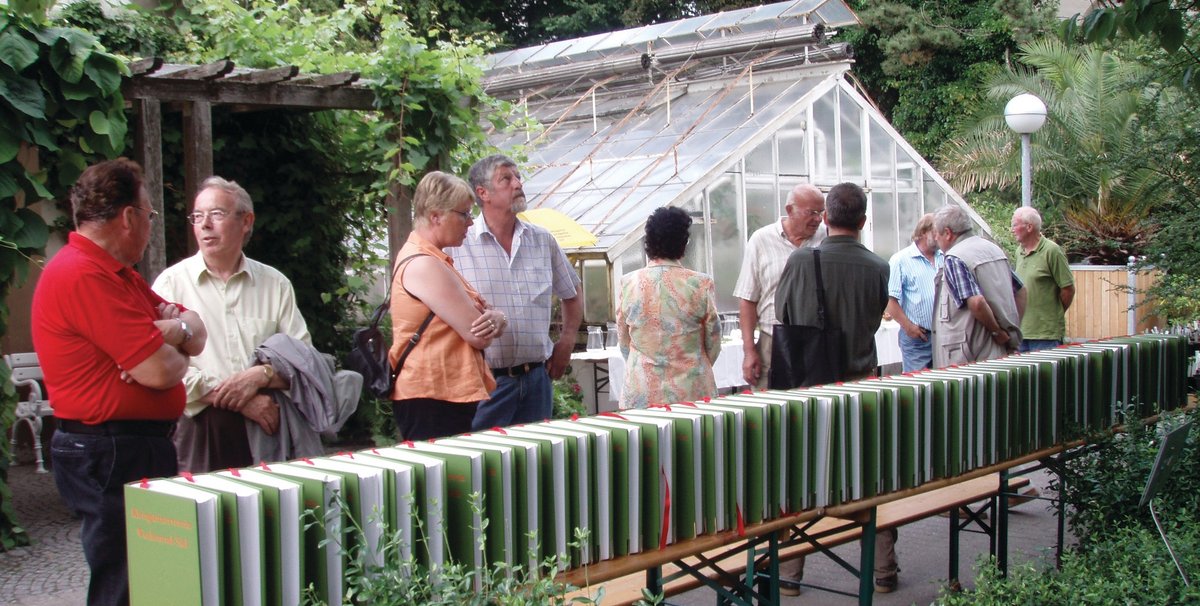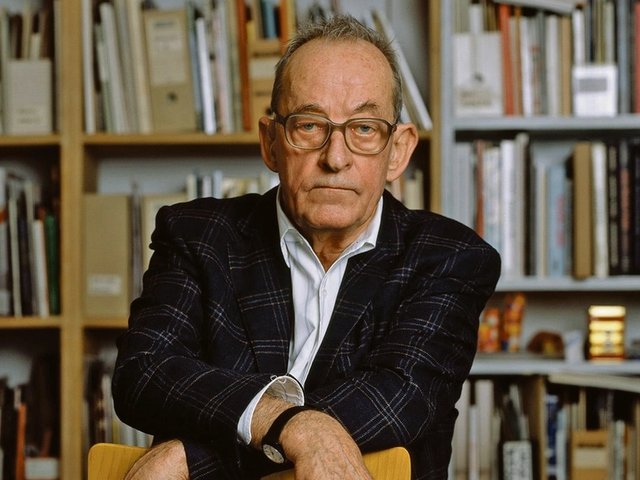Once every decade, Documenta in Kassel and Skulptur Projekte Münster coincide. The former takes place every five years, the latter every ten, and both possess a level of integrity and critical authority that few other cyclical exhibitions share. While the Venice Biennale also has a powerful influence, the art world’s commercial engines are more palpably and loudly firing there than they are in the two German cities. The lengthier gaps between the editions of the German shows prompt a different sense of anticipation among curators and museum directors than is the case for Venice. Documenta comes with an expectation of dictating curatorial and artistic currents for the next five years, while Münster is greeted like a too-long absent friend, a chance to see where today’s sculpture fits into a 40-year continuum.
We know that both shows take pride of place on artists’ CVs and are among the most prestigious invitations they receive. But what does it feel like to take part in them?

Nairy Baghramian, who features in both Documenta and Münster this year, and showed in Münster in 2007, says: “The power and significance that Documenta and Münster hold for people working in the field of art is a matter of fact,” she says. “I was always eager to visit and see the results, even before I was really active in art.”
Dominique Gonzalez-Foerster’s student days were like a primer for participation in these events. She met Münster’s chief curator Kasper König while studying in Düsseldorf in 1986, and he invited her to be the artist on a progressive curatorial course at Le Magasin art centre in Grenoble, France, the following year. Also in 1987, she was the artist Ange Leccia’s assistant when he featured in both Münster and Documenta. “So this was also my chance to look from inside,” she says. She even wrote the text on Leccia for the Documenta catalogue. “For me, this type of exhibition is a very interesting structure that I’ve been following since I was a student; I’ve always been into these big curatorial projects.”
Douglas Gordon, who features in Documenta this year and made one of his most renowned works in Münster in 1997, says that when he was young shows like Münster and Documenta were among “the things that seemed to be necessary to be tip-top” among artists.
For Jeremy Deller, Münster has more than lived up to expectations. He first made work for the 2007 edition, and completes his project, Speak to the Earth and It Will Tell You, this year. It was “quite a gentle project for me”, he says, working with schrebengartners—allotment owners who have kept ten-year nature diaries which can be read in a summerhouse amid the gardens. Elements of the work also feature in Shyness of the Crowns, an exhibition at Frac Lorraine (until 4 June) travelling to Marco, Vigo, Spain (from 17 June).
Deller has had unerring support from the Münster curators. “The team is there for you,” he says. “They don’t have to look after a physical building, and they plan way ahead… They seem to employ people that are super-dedicated to the project. They trust the artist, basically.” Part of Münster’s attraction for artists is that it doesn’t come with an overarching, restrictive theme. “The curators have themes they’re interested in, and that might be why they choose you as an artist,” Deller says, “but I’ve never been pointed in a direction at all, it was just, ‘Come and have a look at the town.’ Your studio is the city.”
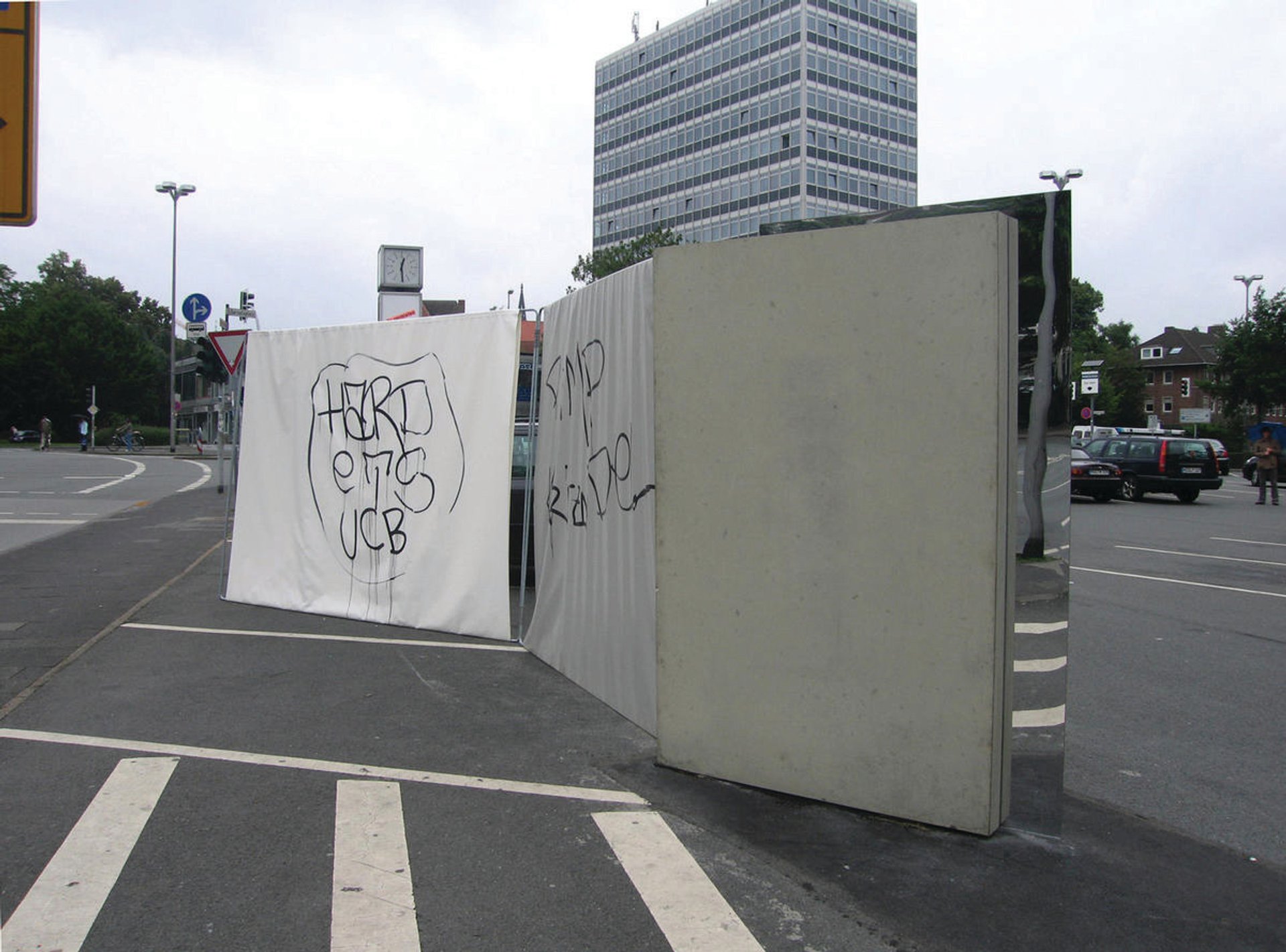
For Baghramian, König’s approach to Münster is “an unbiased questioning of what public sculpture is and also of the formulas that come along with that”. König’s sensitivity to artists’ sensibilities proved essential to Baghramian’s involvement. “To participate in Sculpture Projects, artists have to submit a fully developed proposal for a sculpture, which then has to be accepted,” she says. She “refused to prepare a proposal justifying the work, because I saw this as a rather conventional application process similar to architecture competitions”, she explains. “I never would have ended up participating if Kasper König hadn’t quickly understood that my objection to the procedure was in fact an integral part of my contribution, and if he hadn’t been so flexible in responding to that. What one would call failure must always remain an option in the process of conceiving a work. The process of safeguarding against failure, which is what happens in architecture, does away with this potential.”
The risk-taking element was also essential in Zarina Bhimji’s experience of Documenta XI in 2002, curated by Okwui Enwezor. “I had wanted to make a film for years, and nobody was willing to take that risk institutionally… Usually, you have to have a track record of delivering, even for Arts Council grants and things like that.” But when Enwezor and co-curator Sarat Maharaj interviewed Bhimji and she expressed her desire to embark on this new direction, they immediately agreed. “They weren’t worried whether I had made a film or not; they just wanted me to do it.”
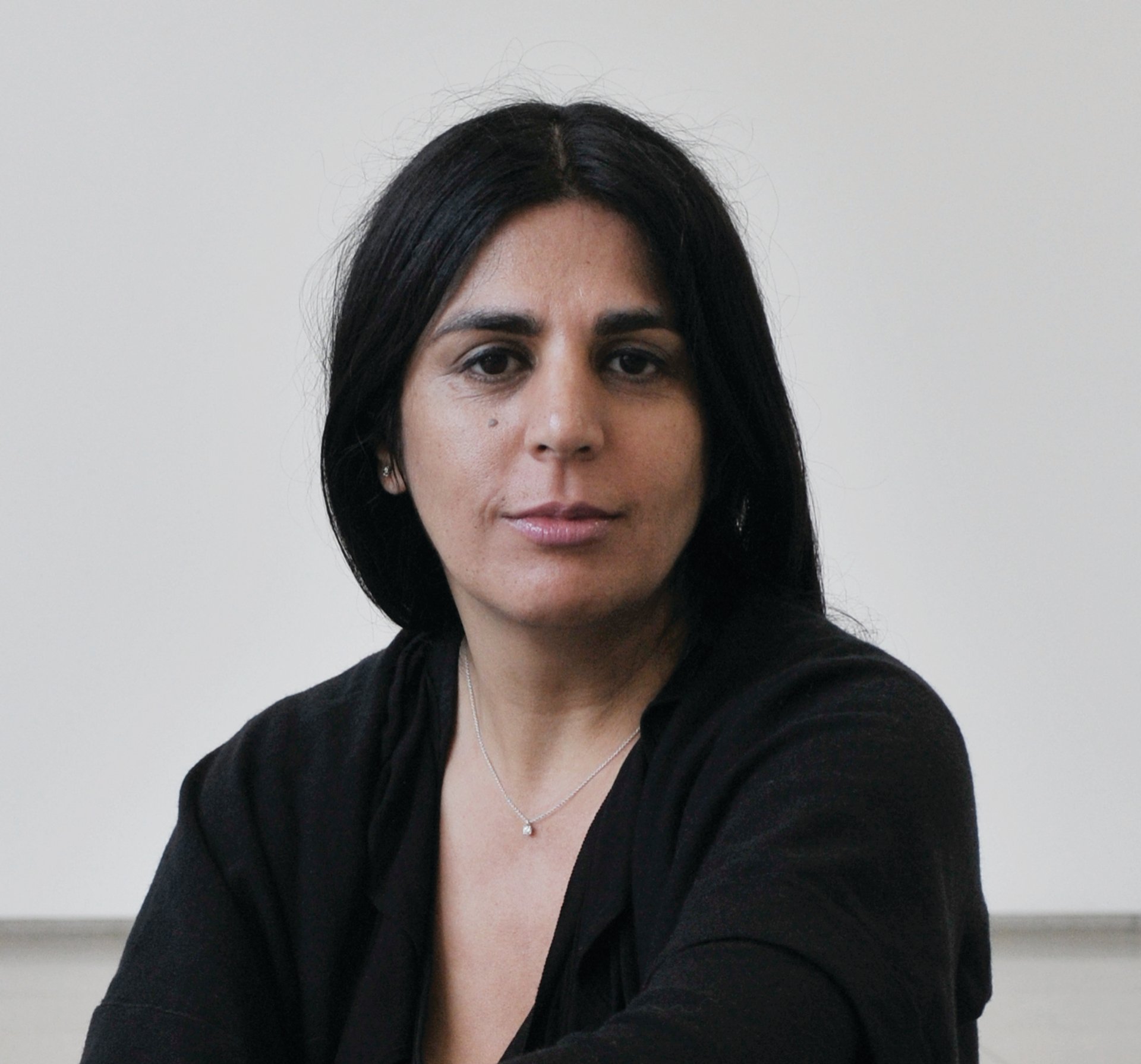
The film she made, Out of Blue, is a haunting reflection on her personal history as a Ugandan Asian, expelled from her homeland with her family as a child by Idi Amin. It featured beautiful images of scarred and empty interiors and atmospheric landscapes. Bhimji has never looked back. “What it gave me was a chance to think in a filmic form, and also creatively and intellectually about ideas of war and erasure, but not in a conventional way, where if you are a woman of colour, certain institutions expect certain things from you. I didn’t feel censored in that way.”
Commitment came from all quarters, she says. “Because it was Documenta, a lot of people wanted to be attached to it, so resources and financial support came, creative rigour came, and technical support came with it as well.” Enwezor even insisted that artists were well fed during the installations. This network was motivating: Bhimji felt she “had to do 200 times better” as a result.
Ironically, given that institutions would not commit to her move into film, all the editions of Out of Blue went to museums, including the Tate and the Art Institute of Chicago. “A lot of people saw it and remember it, which is pretty amazing,” Bhimji says. “I just put all my love into it… When people respond to that and think about it, then you feel, ‘Yeah, I’ve done my job.’ It’s satisfying.”
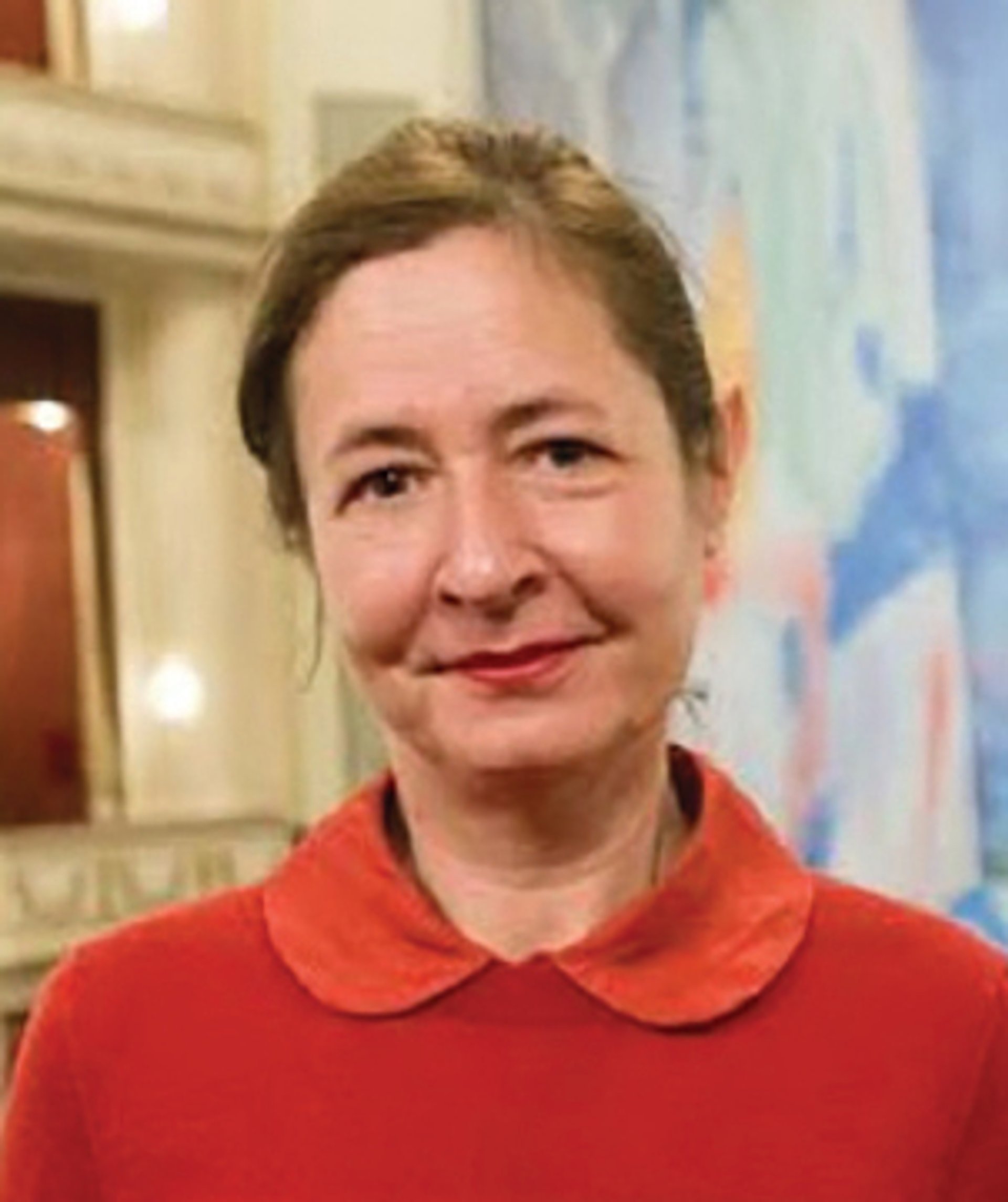
Gonzalez-Foerster similarly feels that her Documenta and Münster appearances prompted important developments in her practice. For both, she made work in parkland. Park: a Plan for Escape in Kassel in 2002 created a Modernist-tropical park design, a living assemblage of architectural, floral and arboreal ideas drawn from 1960s sources. Her work Roman Münster (2007) reconstructed some of the key works from previous Sculpture Projects at 1:4 scale and distributed them around a municipal garden.
“Plan for Escape in Kassel was the first in a series of thoughts about how a new idea of the garden would be a composite, heterogenous space, and is still for me a seminal work in a series,” she says. “And when I worked in the Turbine Hall [at Tate Modern, in 2008] on TH.2058, which is not miniatures, but giant sculptures, it works with the context of the Turbine Hall similarly to the way the Roman Münster [refers to the Sculpture Projects]. In both [Münster and Documenta] the context was very stimulating, and generated, if not completely new directions, new methods and new structures.”
Gordon produced one of his best works for Münster in 1997. His installation Between Darkness and Light (After William Blake) presents two contrasting films on one screen: The Song of Bernadette, by Henry King, about Saint Bernadette, and The Exorcist, by William Friedkin, about a devil-possessed girl. Installed in a grim, stinking underpass in Münster, it presented “some sort of purgatory”, Gordon has said. This year, he is showing the film I Had Nowhere to Go, in Athens (Documenta 14’s first location) and Kassel. It features a voiceover from the film-maker Jonas Mekas, telling his story of Nazi forced labour, displacement camps and life as a refugee in Brooklyn, accompanied by sequences of total blackness and occasional evocative images.

Gordon has just returned from Venice, where he has a small show at the Biennale, and says that working on that huge stage “makes one realise that it can be very difficult for particular players to perform in a hostile stadium”. He contrasts the aspect of competition in Venice with the purer ethos of Documenta and Münster, and feels that artists are under particular pressure in years like this, when Venice, Documenta and Münster come in quick succession. “I was in Münster when that happened, 20 years ago, and I think it’s probably taken me about 20 years to get over it, because there was so much going on that I am sure there are great Biblical metaphors about wheat and chaff. It does test the limit of how saturated the world can be with the amount of work being produced—and we know that we’re still very heavily biased towards artists from the West and specifically from the North-West.” Nonetheless, Between Darkness and Light did get noticed: it is now in the collection of the Museum of Modern Art in New York.
This year’s Documenta was initially shrouded in secrecy—the artist list only appeared at the last minute. “I still don’t even know who was in the show,” Gordon says. He contrasts this with an earlier instance of working with Adam Szymczyk, Documenta’s artistic director. “When you have a team that is so huge, they can’t allow themselves to dedicate themselves to a project like, let’s say, if I had been working with Foksal gallery [in Warsaw], which is where I met Adam. Because the machine is so big, it can drive with the power of a juggernaut. Once it picked up speed, it would have been almost impossible for me to have pulled off something in Greece that I might have been able to do in Warsaw.” He jokes that the experience is “how I imagine it must have been backstage at Woodstock: the programmes get so big, that people don’t actually realise whose guitar it is that they’re playing any more”.

One aspect all the artists agree is significant is the time between each edition of the two events and the way this adds resonance to their history. Baghramian respects the way that König addressed the initial antipathy to Modern public sculpture in Münster. “Kasper König took the debate over whether or not it was worthwhile public sculpture and turned it into an overriding question, which he then posed to various generations of artists and viewers over the course of several decades,” she says. “Both the question and the person asking it have stayed the same, in contrast to biennials’ changing themes and ideas. And since it has been posed only every ten years to both previous participants and new generations of artists, I have the sense that I’m taking part in a longer, ongoing debate. I also feel connected to the other artists who have participated in the project on the level of content.”
The gap between Sculpture Projects is “incredible”, Gonzalez-Foerster says, because “in ten years, you have paradigmatic changes. You see that the idea of art, of sculpture, of the city or the urban, of context, is moving; so, for me, it gives me a lot to think about. And if I can participate as an artist, it’s great, but also as part of an audience I am happy to experience it.” The long intervals also allow longer gestation periods for the work. Following her Documenta show, Bhimji says she “got confidence that it was OK to look at lots of different things, do the research, spend a lot of time in locations, making sure about the light and textures or whatever you wanted, and that was OK. I make these visual forms very slowly and they were on board with that completely.”
Above all, artists feel that the art takes precedence over any other considerations in Münster and Documenta, a seemingly obvious consideration, you would think, but not something that is always the case in other shows. For Deller, Münster is special because “a lot of the work is unsaleable, and site-specific—it’s meaningless outside of Münster, or has no context. And there’s no commercial side in the way that there is in Venice, where basically galleries now take over palazzos.” He suggests that König’s time-honoured series is “the antidote, in a way, to Venice and all the elitism. There are no yachts in Münster, and that’s important.”


